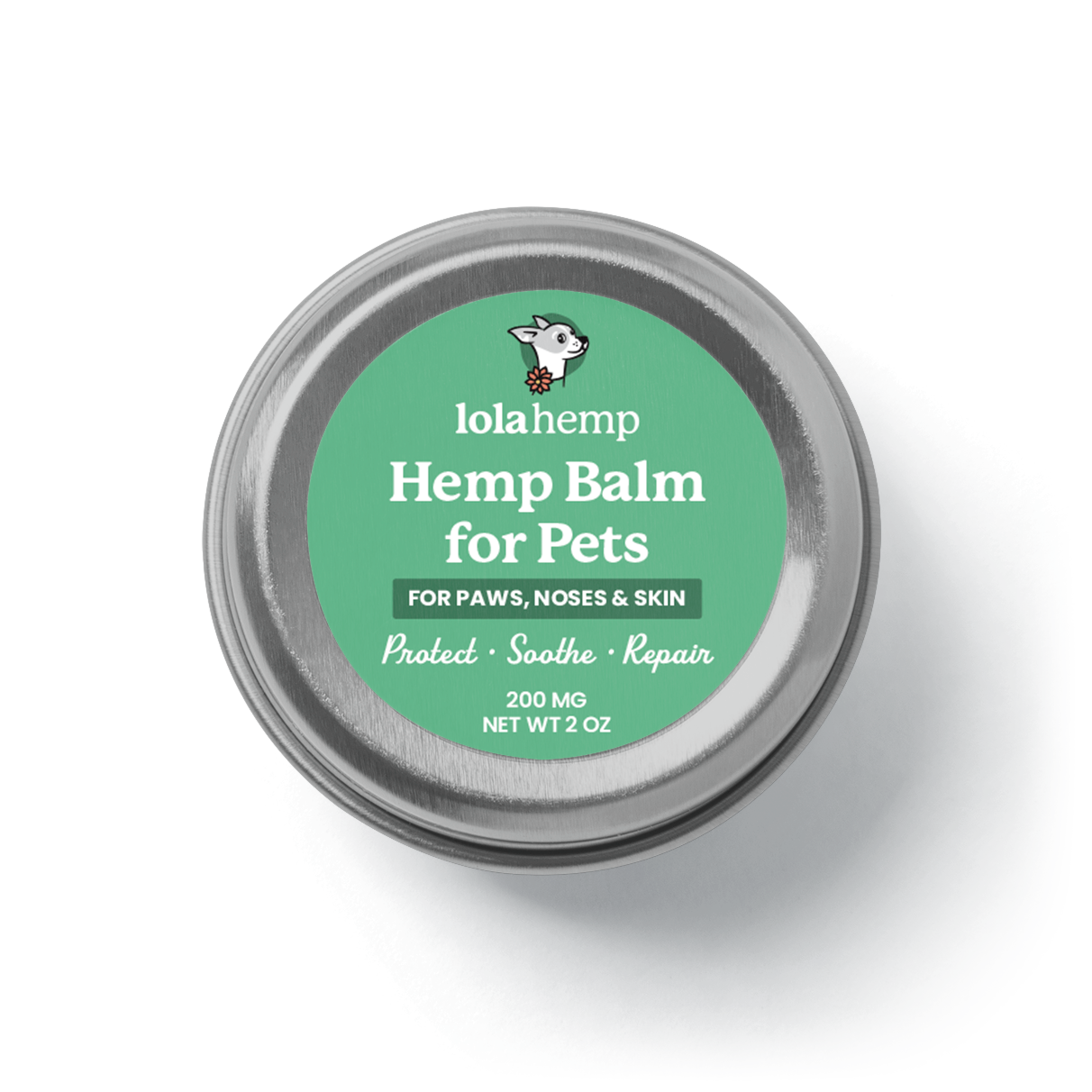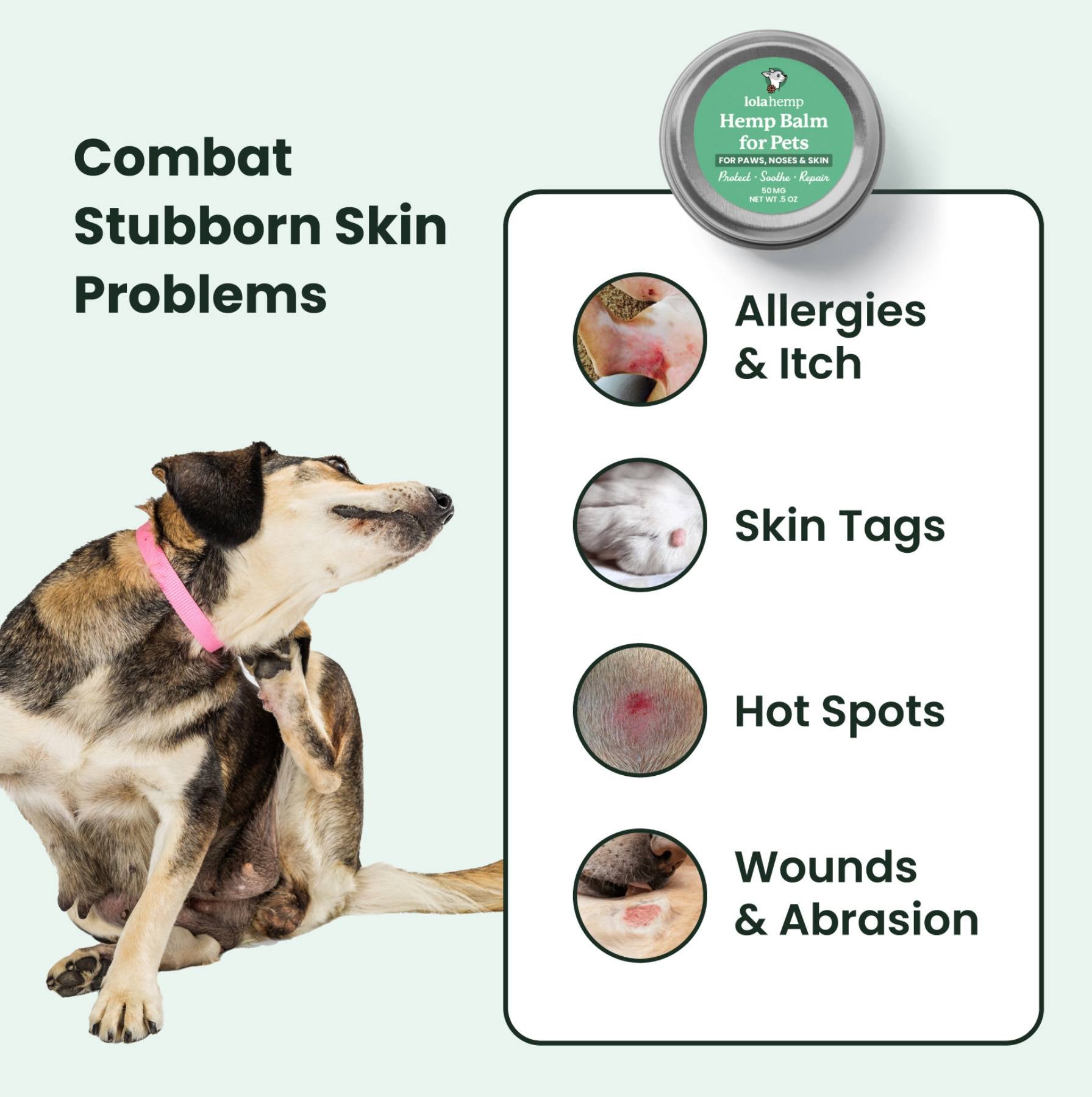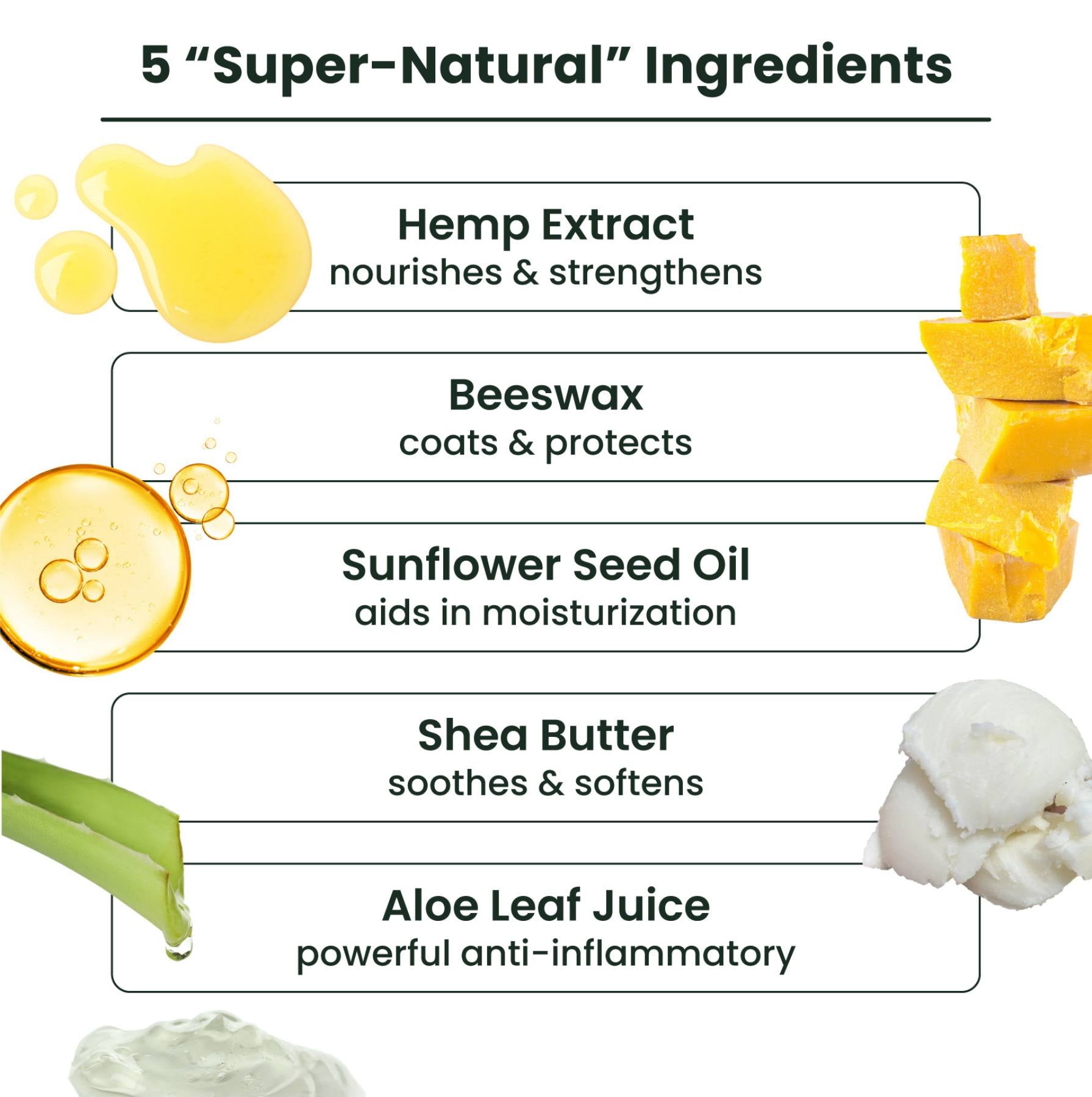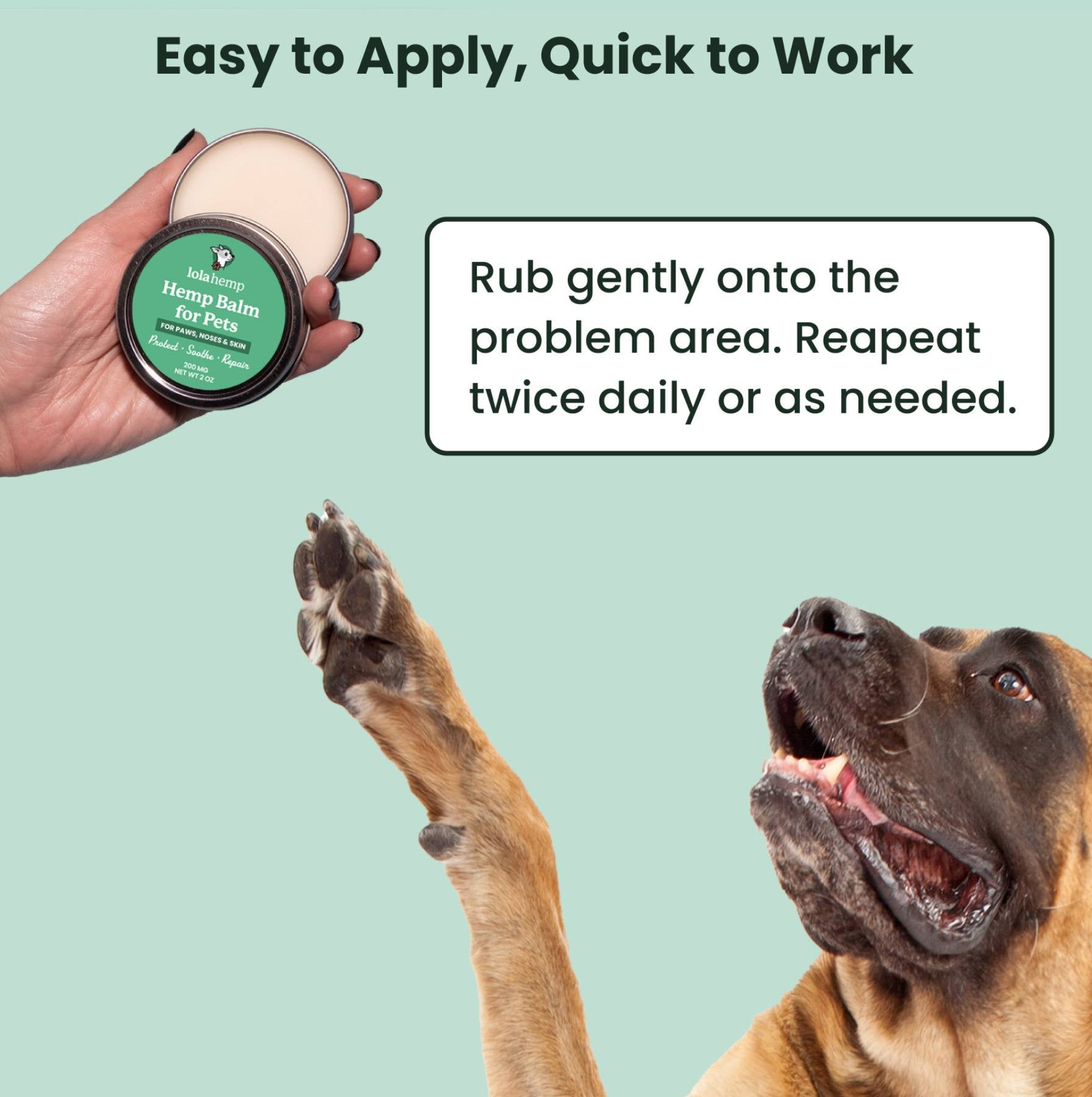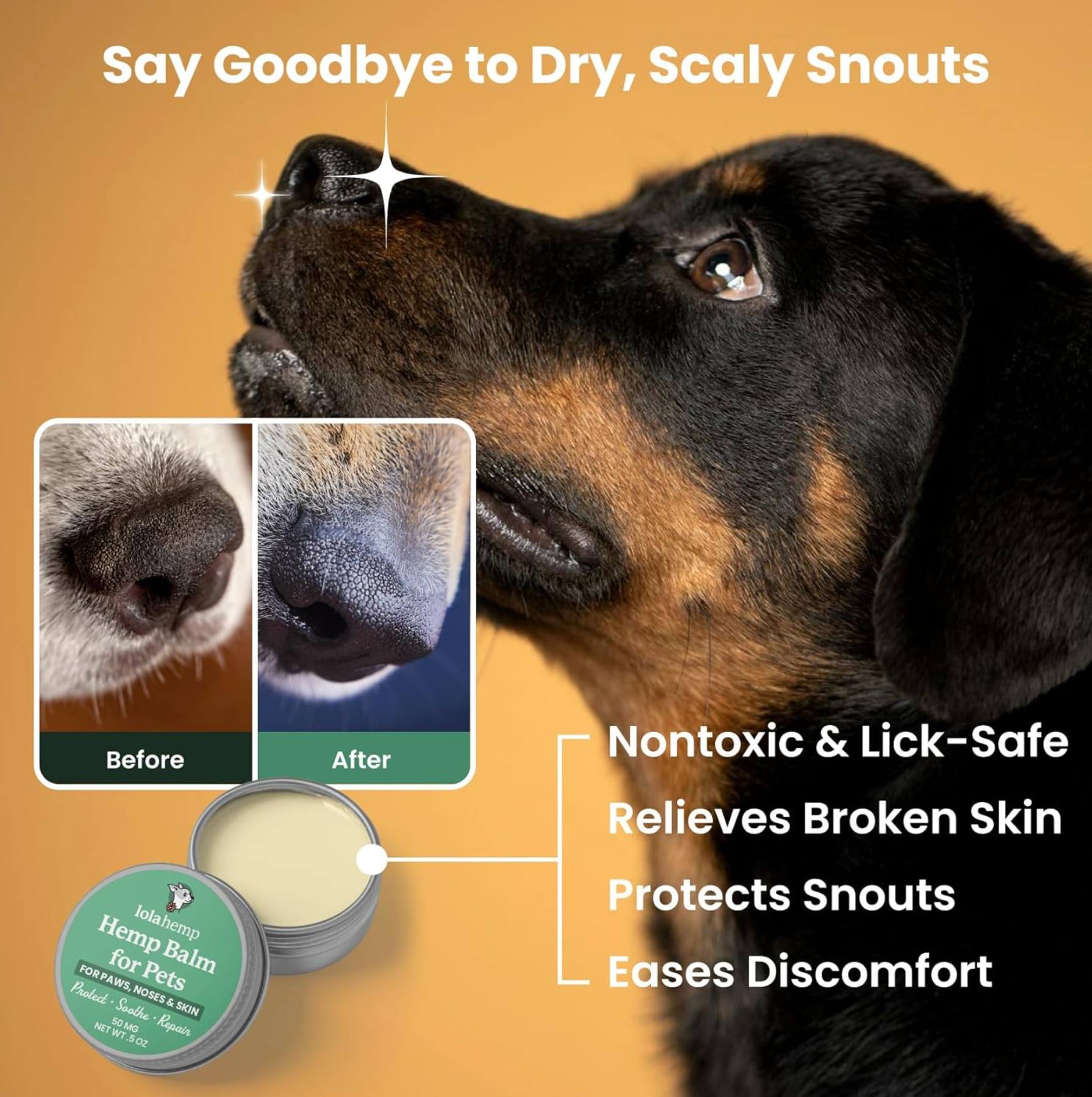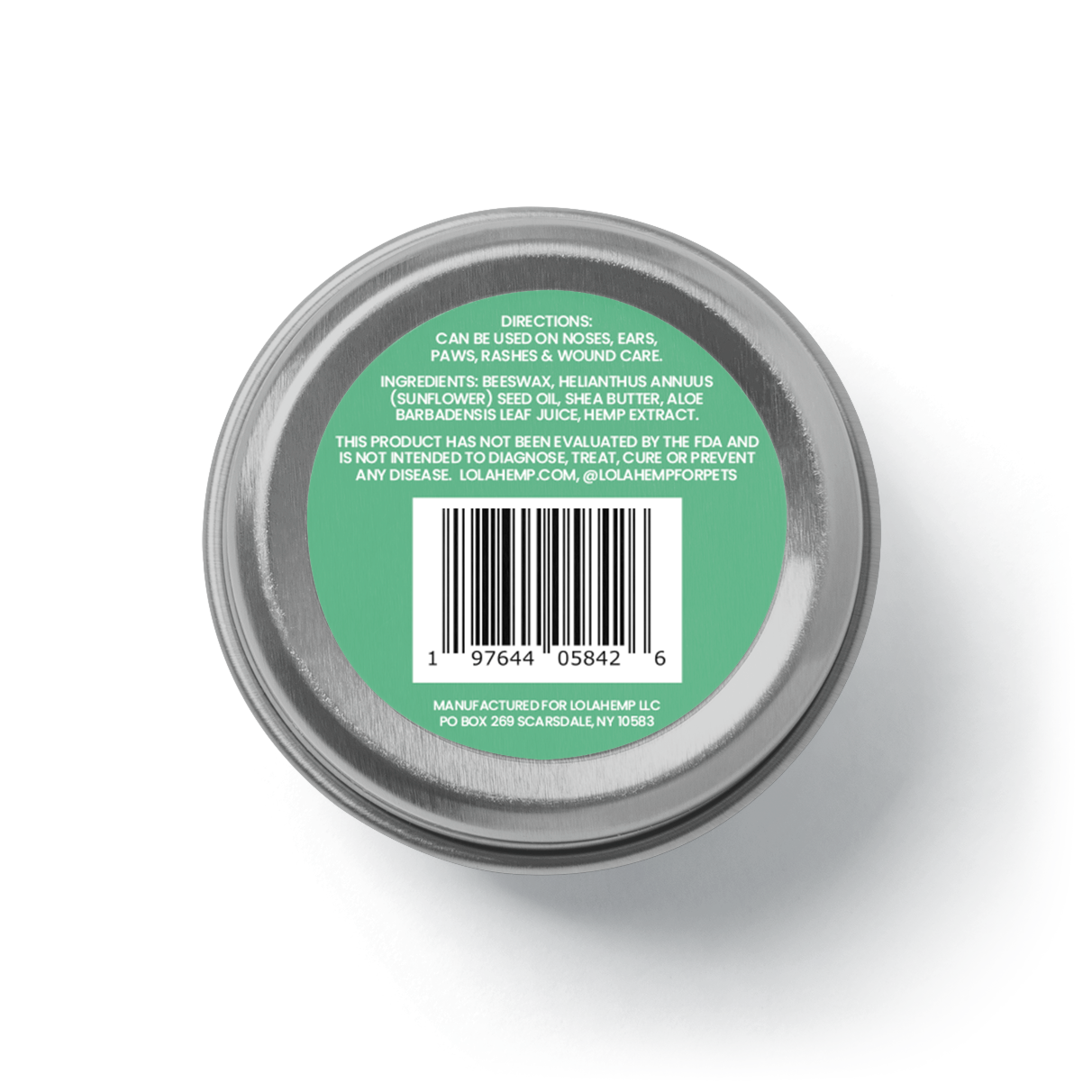Hot spots are a common issue that affects dogs of all ages, sizes, and breeds. Hot spots have a number of causes, and they're not always the same in nature. In many cases, an allergy or allergic reaction will cause itching, causing your dog to scratch excessively at an area of skin.
This article covers how to address hot spots at home, soothe them, and prevent your dog from getting them in the future when possible.
- Hot spots form when dogs lick and scratch uncomfortable areas of skin.
- Scratching can cause the skin to worsen and break, while licking keeps the area moist and vulnerable to infection.
- There are multiple ways to address hot spots at home unless the issue has become advanced.
How to Treat Hot Spots on Dogs at Home
- Trim the Fur - Gently trim your dog's fur around the hot spot to expose it to air and keep it clean.
- Clean the Area - Wash the hot spot with a mild, pet-safe antiseptic solution to remove debris and bacteria. Pat it dry with a clean, dry cloth.
- Use Topical Treatments - Apply a pet-safe, over-the-counter option to reduce itching and inflammation.
- Put on the recovery suit or cone to prevent your dog from licking or scratching the area.
The key to resolving hot spots is cleaning and disinfecting the wound, then giving your dog the time and space to heal.
What Do Dog Hot Spots Look Like?
Hot spots are distinctive and relatively easy to identify. These lesions usually appear as:
- Red, Inflamed Patches: Hot spots are characterized by red, swollen, and irritated skin.
- Moist or Oozing: The affected area is often moist or oozing pus and may have a foul odor. This ooze can also be caused by a condition called pyoderma in dogs.
- Hair Loss: Due to excessive licking and scratching, hair loss is common in and around the hot spot.
- Intense Itching: Dogs with hot spots will frequently lick, chew, or scratch the affected area, making it even more uncomfortable.
Dog Hot Spot Healing Stages
A scab will eventually form as the hot spot begins to heal. Avoid picking or scratching the scab, as it protects the healing tissue underneath. During this stage, it's important to prevent your dog from licking, scratching, or biting the affected area, as this can delay healing and cause recurring hot spots.
Over the next couple of weeks, continue to monitor your dog's hot spot for signs of improvement. As the scab matures, the infected area will gradually heal from the inside out. Remember to keep the area clean and dry to facilitate the healing process.
When to Call Your Vet About Hot Spots
Although most dog hot spots can be effectively managed using home remedies, there are instances where veterinary intervention is necessary. Contact your veterinarian if:
- The hot spot is large, deep, or doesn't show signs of improvement within a few days.
- Your dog's condition worsens, or they become lethargic or lose their appetite.
- Secondary infections develop.
- Your dog repeatedly experiences hot spots, as this may indicate a critical underlying cause.
FAQs About How to Treat Dog Hot Spots at Home
Can Hot Spots Kill a Dog?
While hot spots are not directly life threatening, an infection can spread into deeper layers of the skin and blood which could result in severe health complications.
Is There Hope of Curing Hot Spots on Dogs at Home?
You might cure your dog's hot spots at home by identifying the source of the issue (typically itchy skin from fleas or allergies) and preventing your dog from scratching and licking areas in the future.
How Can I Help Hot Spots on Dogs' Feet?
You can start by cleaning the hot spot, soothing it with an ointment or balm, and putting a paw boot on (or sock) over your dog's paw to prevent them from itching or licking it as they heal.
Can You Ease Hot Spots with Coconut Oil?
Coconut oil may help to soothe the area and relieve some of the itchiness, and it has antimicrobial properties. Coconut oil can be helpful, but it's not a cure by any means.
What if My Dog Has a Mild Small Hot Spot?
If your dog's hot spot is mild, try to clean it, apply something soothing to it to increase your dog's comfort, then cover the area so your dog can't lick or scratch.

